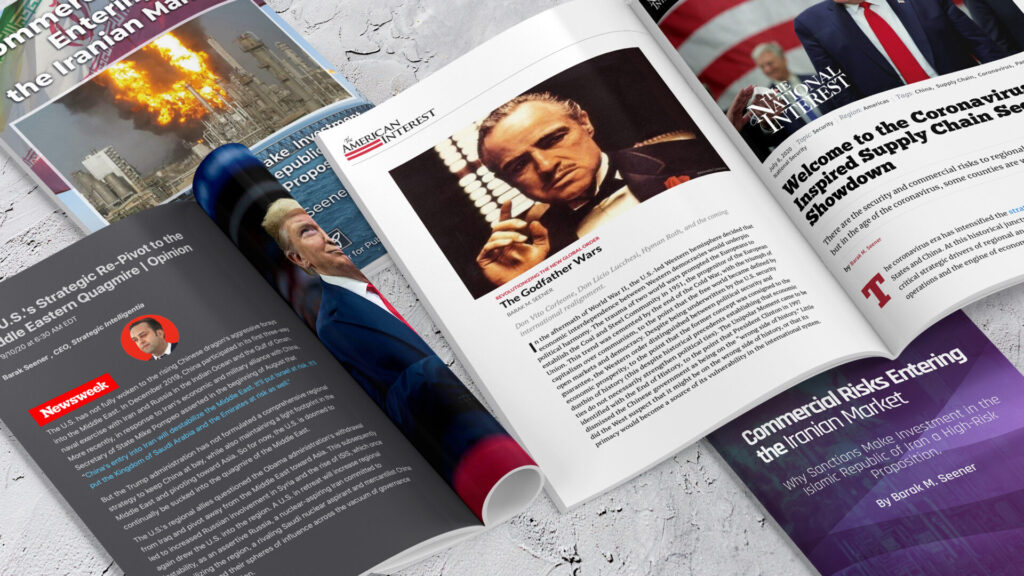As we bring our Digital Transformation series to a close after covering the essential pillars of why shift is happening, how to roadmap and finance your new strategies, now’s the time to progress from innovative strategy development, to a framework, to practical execution and implementation.
Digital transformation is no mean (or small) feat. Here’s our step-by-step plan on how to initiate a sustainable change to your business model to meet your digital target outcomes.
Identify Transformation Objectives
Every organization will have a slightly different set of transformational objectives, with different priorities, but this is a vital first step for organizational alignment. As well as putting both employees and the customer at the center of the strategy, it’s important to recognize that this is only a part of the new narrative. In addition to re-thinking and re-designing an entire business model for the purposes of a digital customer experience, it’s important to focus on the following too: transforming business processes to streamline costs; improving end-user experience; optimizing infrastructure and operations to improve agility, flexibility and cost-effectiveness; gleaning from analytical insights to make better decisions, improve efficiencies and gain competitive advantage; creating an environment with fluid employee/management communications for better productivity, loyalty, continuity and buy-in. A strategy needs to be developed with a phased implementation plan in line with budget and operational feasibility. Then, allow your next steps and phases to be unfolded for a clear sense of sign posted direction, which includes KPI’s and milestones.
Outsourcing digital transformation
You don’t know what you don’t know. In as much as you are ‘in it’, sometimes it’s hard to get that outsider perspective because you are absorbed in the minutia. Not to mention, most companies have their blinders on to the reality of both employee and customer sentiment. A neutral third party view should be considered from the outset for expert guidance and continuity. It’s a far more efficient and sure-fire route than haphazardly making it up as you go along. Having experts guide you through the process will ensure that internal politics and perils are cleaned out via an outside-in, inside-out company detox. An outside assessment is the most palatable way for companies to address other issues and shortcoming in the process. You will find that outsourcing digital transformation not only takes the heat and pressure off, it’s also a surprise albeit necessary health and awareness assessment for the company as well as an overall assessment of current processes operations and analysis of Digital Transformation pathways.
Conduct a full assessment
In conjunction with outsourcing implementation of digital transformation, companies need the equivalent of an MOT – down to the finer details. In additional to a full internal assessment it also needs to include a complete market and competitive analysis assessment – to provide a fully contextualized POV for informed decision making. A market assessment defines what your future industry or market will look like in a digitally transformed landscape.
The key areas you’ll focus on are: ways to analyze the digital maturity of customers and employees and predict where they are headed; how to make relevant predictions of a possible business future, mitigate risk and capitalize on upswings; how to analyze the steps into the future of your digitally transformed business landscape and turn that analysis into tangible gains for the business. A competitive analysis assessment covers evolving real-time world dynamics and how you can align with trends and movements in the market ahead of your competitors. It aids in understanding the ins and outs of how the competition works.
The key areas you’ll focus on are: examining your competitor’s digital customer experience (if they have one) – how solid is their service? How do they engage with their customer base? How do they optimize their service or product across a sea of digital verticals? The list is endless but that’s where our Commercial Analysis Software Tool (CAST) comes in to contextualize all of the data into usable and severable information – focused and tailored specifically to your needs and providing the answers to the questions you have.
CAST serves as an ongoing monitoring, modeling and analysis tool, to ensure real-time strategic adjustments, predictive analysis and vertical integration on wider business development, planning, implementation and on-going understanding of customer behaviors. With these wider narratives at play, it aids in the development of products and services that respond to those needs as desired by customers and the continuation of streamlining operations, increasing RoI, productivity and both customer and employee satisfaction for long-term sustainability. CAST can be configured to go beyond monitoring and situational awareness.
Decision support analysis can be configured in CAST, using formats and logics determined by the organization. Depending on the need, either data-modeling or computational simulation tools can be integrated into CAST, allowing it to serve as a multi-level strategy and decision analytics tool.
The integration of CAST is essential as a living breathing mechanism that has the ability to map and monitor problems from a macro to a micro level. By using it, an organization can integrate multiple information flows to develop and maintain situational awareness and understanding. In turn, and in CAST, an organization can design comprehensive strategies that support adaptive and anticipatory action and use the same data feeds to monitor implementation and effects. The CAST process begins with the identification of problem sets (i.e., the need to Digitally Transform.); conflict boards are then configured at a macro level for each problem set to then begin information pulls down to a micro level for each problem set.
CAST can be configured to maintain awareness at multiple levels – C-Suite, program manager or operational or program implementor, with the same information. Information can be collected from any number of open source traffic sources such as industry journals, CRM’s, web hiring/recruitment sites, social media, market spending reports, vendors announcements, procurement and supply chain activity, etc. This enables the organization to determine where intellectual attention and practical activity is being focused and why.
Bringing it all together
Assessments, analysis and planning are to a degree, the hardest parts of your digital transformation journey – but actions speak louder than words. Identifying the solution and implementing that solution should be easier part of the journey, but it’s still no walk in the park, and to do so smoothly with full communication and buy-in from employees and customers is even harder without the right plan and communication tools for both. If there is one kernel of (perhaps uncomfortable) truth that comes from digital transformation, it’s that culture change is instrumental to make any progress forward.
Organizations need to continually challenge the status quo, experiment and ultimately get comfortable with trial and error. And finally, have a sense of humor and empathy. Rough waves lie ahead but with the right attitude and compassion for each other at all levels of the organization, the experience will be remembered for its transformational effect on all fronts.
That’s the end of our Digital Transformation series. Stay tuned for our next series covering a complex and complete look at CAST.
Evoke International.














